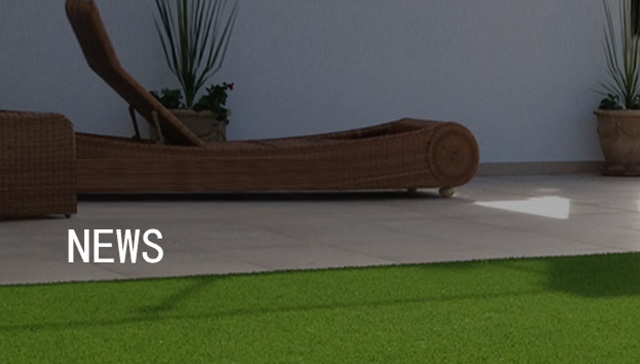Tell everyone how to maintain good recreational artificial lawn?
1. Remove sharp objects
For artificial turf, the damaging pollutants are sharp objects, such as stones, broken glass, metal, etc. This contaminant must be removed immediately. In addition, gum and adhesives are very harmful to artificial turf and can be treated by cooling and cooling. Artificial turf price
2. Clear clutter
When large contaminants such as leaves, paper and cigarette butts are found on your lawn, they need to be cleaned up promptly -- you can use a portable air blower for a quick clean. In addition, the edges and outer areas of the artificial lawn need to be checked regularly to prevent bryophytes from occurring. Once traces of plant growth are found, they can be removed with a high-pressure hose.
3. Remove stains
In general, regular cleaning will remove most stains, and more serious oil stains can be wiped with a cloth dipped in petroleum solvents; Fruit juice, milk, ice cream, blood stains and other "water-like" stains can be scrubbed with soapy water first, and then rinse with clean water through the bottom; Shoe polish, sunscreen, ballpoint pen oil can be used sponge dipped in tetrachloroethylene wipe, and then dry with a towel with strong water absorption; For paraffin wax, asphalt and asphalt stains, just wipe forcibly or with a sponge dipped in tetrachloroethylene wipe; Paint and coating can be wiped with turpentine or paint remover; After wiping, soak in 1 % hydrogen peroxide water to remove fungus or mildew. Artificial turf manufacturer
For artificial turf, the damaging pollutants are sharp objects, such as stones, broken glass, metal, etc. This contaminant must be removed immediately. In addition, gum and adhesives are very harmful to artificial turf and can be treated by cooling and cooling. Artificial turf price
2. Clear clutter
When large contaminants such as leaves, paper and cigarette butts are found on your lawn, they need to be cleaned up promptly -- you can use a portable air blower for a quick clean. In addition, the edges and outer areas of the artificial lawn need to be checked regularly to prevent bryophytes from occurring. Once traces of plant growth are found, they can be removed with a high-pressure hose.
3. Remove stains
In general, regular cleaning will remove most stains, and more serious oil stains can be wiped with a cloth dipped in petroleum solvents; Fruit juice, milk, ice cream, blood stains and other "water-like" stains can be scrubbed with soapy water first, and then rinse with clean water through the bottom; Shoe polish, sunscreen, ballpoint pen oil can be used sponge dipped in tetrachloroethylene wipe, and then dry with a towel with strong water absorption; For paraffin wax, asphalt and asphalt stains, just wipe forcibly or with a sponge dipped in tetrachloroethylene wipe; Paint and coating can be wiped with turpentine or paint remover; After wiping, soak in 1 % hydrogen peroxide water to remove fungus or mildew. Artificial turf manufacturer












